Class size directly affects how much attention individual students get at school. While not the only factor at play, a poor student/teacher ratio can diminish student’s potential progress. While this connection is clear, many school districts are forced to continue to expand class sizes as budget constraints limit hiring additional teachers and prevent expanding existing school buildings or construct new buildings to increase classrooms. Engineered fabric structures are a superior solution to the status quo of simply adding portable classrooms made using trailers, are much more reliable, can easily be setup, taken down, and relocated as trends in enrollment and needs change, are energy-efficient, and are a modern solution for creating bright and new learning environments. School buildings made using fabric buildings can be installed for temporary use – fulfilling the immediate need for school overcrowding or used as a long-term permanent classroom. The ability to quickly install a modular classroom made using tensioned fabric structures is a cost-effective solution compared to new permanent construction, making smaller class sizes possible for school districts with limited budgets.
Big Classes = Big Problems
There is a balance between quality and quantity. This goes for all jobs, and all people performing those jobs. The more spread out someone’s efforts are, the less effective those efforts will be. This same philosophy applies to education and teachers.
Small classes allow teachers to identify struggling students and tailor lessons to the individual needs of those students. This means more time is available for one-on-one attention for each student. These all culminate in greater progress for each student. With growing classroom sizes, the teacher’s attention switches from adequately addressing and catering to each student’s specific learning needs to more of a management position, spending more time maintaining order within the classroom setting, as well as more time spent doing paperwork (grading, student evaluations, and reports). As any teacher with a large classroom will tell you, “there is not enough hours in the day.”
The U.S. Department of Education has specifically stated:
“Crowded classroom conditions not only make it difficult for students to concentrate on their lessons, but inevitably limit the amount of time teachers can spend on innovative teaching methods such as cooperative learning and group work or, indeed on teaching anything beyond the barest minimum of required material. In addition, because teachers must constantly struggle simply to maintain order in an overcrowded classroom, the likelihood increases that they will suffer from burnout earlier than might otherwise be the case.”
Reducing Classroom Size
One solution is to decrease class sizes. This is not a panacea for all struggling students, but it does provide a number of documented benefits that improve performance in the classroom, especially in impoverished communities:
- Each student gets noticed.
- More direct attention and encouragement from the teacher is available for each student with smaller classes.
- Learning speed improves.
- Smaller classroom size helps many students feel more comfortable and confident, making them more willing to share opinions, ask and answer questions. All students benefit from this.
- Teachers can teach.
- Instead of call-and-response regurgitation of facts, teachers have more time to address the whole class as well as address individual student’s needs.
- Classes become communities.
- Individual students are able to connect more closely with all of their peers. This makes it easier for them to share different ideas and perspectives.
- Focus on teaching and learning.
- With smaller groups, teachers can spend more time teaching the material instead of reigning in those who are distracted.
- More feedback
- More time is allotted to individual feedback for students.
Obstacles Limiting Class Size Reduction
Many schools do not have the budget to reduce class sizes by going through a lengthy (and costly) expansion project or constructing new school buildings. While splitting existing classrooms is a means of creating additional learning spaces, it also means hiring new teachers. Even for school districts who have a large enough budget to expand their staff, the immediate expenses of hiring an architect, doing onsite planning, getting the required legal permits, and budgeting money (and time) for the construction of new school buildings can reduce a forming plan to a pleasant dream.
Budget constraints are all too real in schools that are forced to cannibalize music rooms, gyms, and art studios for additional classroom space for core curriculum subjects. In many cases, these programs are simply being cut to pay for other school operating or expansion needs. For these schools, the idea of having enough excess money in the budget to expand existing school infrastructure or build a new school is out of the question. Even for those who do raise the money needed, the lengthy construction time until the new classrooms are complete does nothing or very little to address the immediate overcrowding issue.
Fabric Structures to Reduce Class Size
Alaska Structures’ tension fabric buildings are a cost-effective option for temporary learning spaces, modular classrooms, or permanent school buildings.
School districts that do not have the budget for new building using conventional construction and are looking for a higher performance school building than portable classrooms made using trailers, should consider the many benefits by quickly expanding their learning spaces with modern classrooms made using engineered fabric buildings.
Modular classrooms and modular school buildings are a safe, energy-efficient, and environmentally responsible option for growing classroom space, provide a bright and positive learning environment for decreasing the student-to-teacher ratio, and provide school districts a school building solution that will last decades, or can be quickly relocated as student enrollment and needs change.
Struggling with aging infrastructure, limited classrooms, or waiting for new classroom construction to be completed can all be remedied with Alaska Structures’ modular classrooms. These buildings are designed to meet both local and international building codes for safety while adhering to Americans with Disabilities Act construction standards. Free span construction allows the entirety of the structure to be used, energy-saving LED lighting and proprietary insulation systems, combined with HVAC systems can be installed to maintain a comfortable learning environment.
For schools in the northeast that have to struggle with cold snaps during winter, the environmental controls and insulation of Alaska Structures’ buildings are more than enough to stand up to the challenge of protecting students and teachers from the harsh elements. 40+ years of experience engineering fabric structures has culminated in designing and producing engineered fabric buildings able to withstand temperatures as low as -80°F (-62.2°C), more than enough to safely keep schools operational during cold weather, Nor’easters, or winter storms.
For more information about engineered fabric structures, modular classrooms, or school buildings made using fabric buildings, speak to an Alaska Structures building specialist by calling +1-907-344-1565.
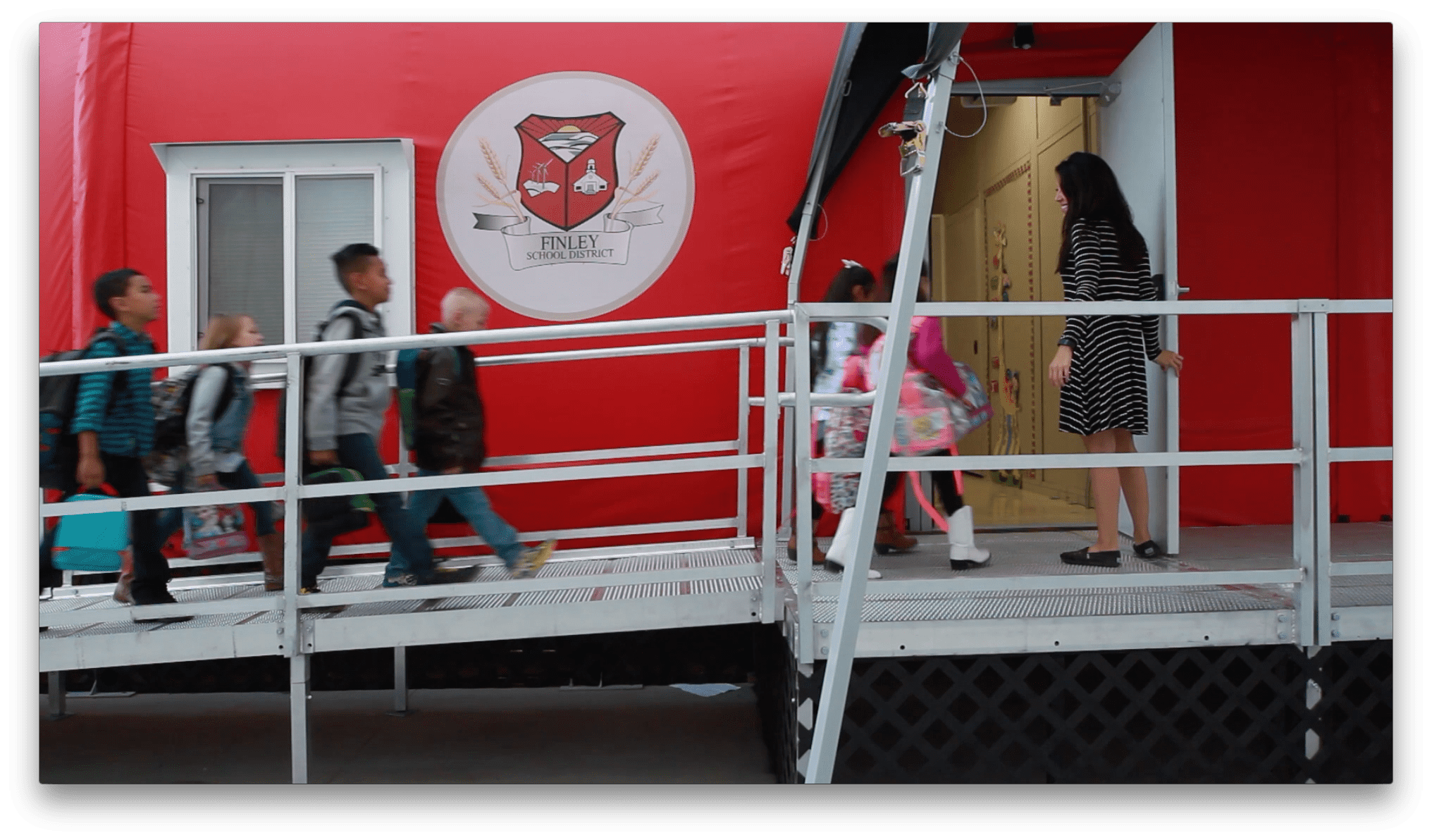
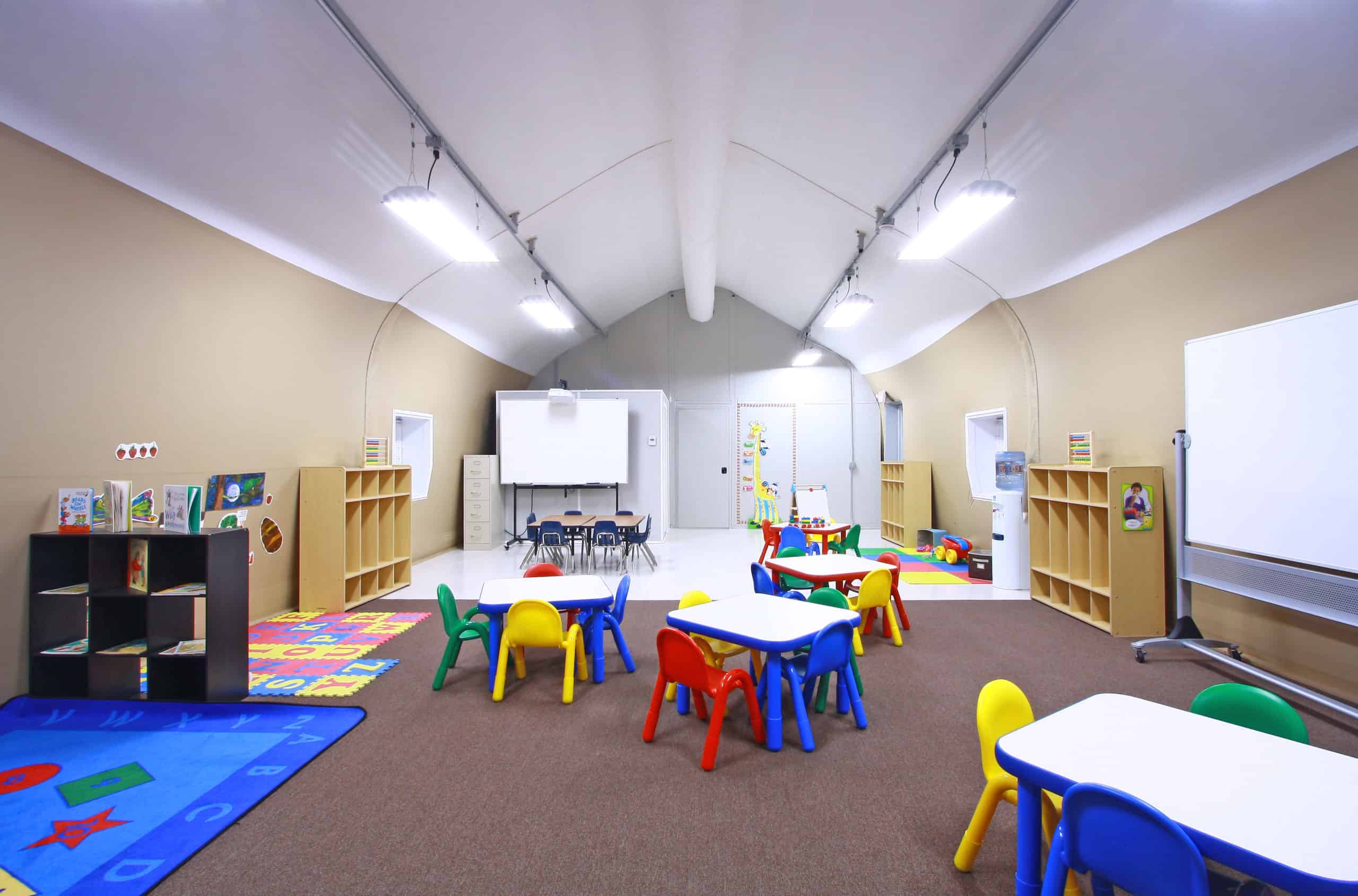




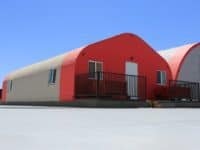



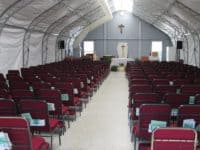

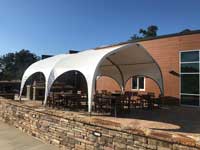

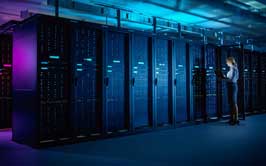
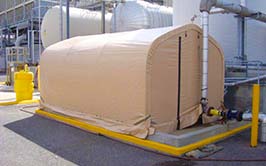

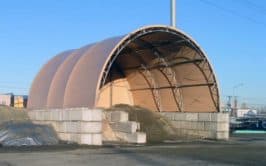
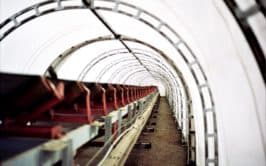



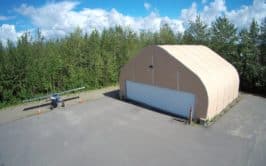
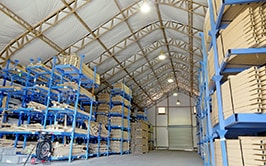
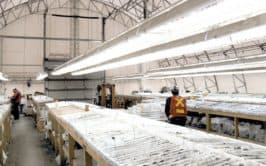
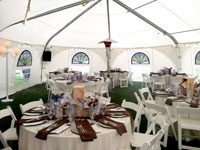
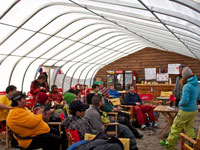

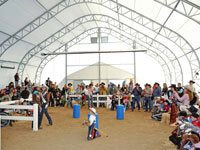
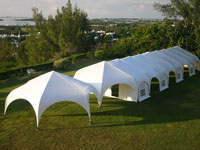

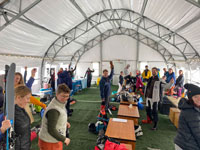
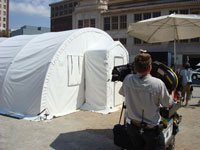
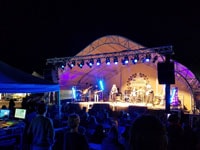




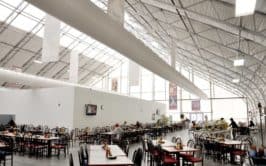






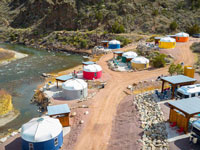
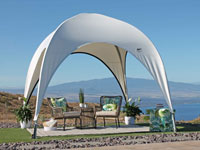

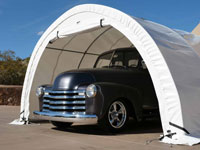





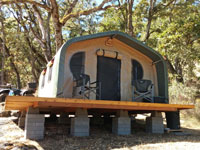

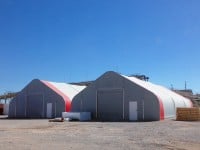
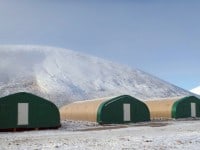
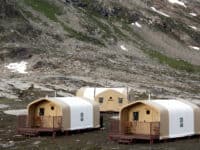
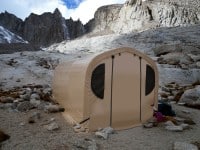
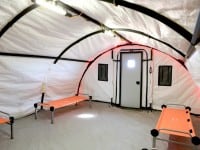
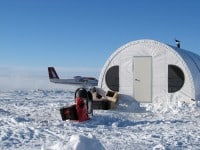

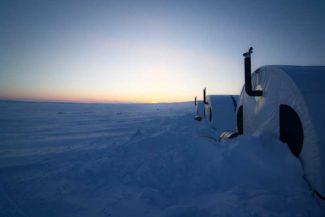




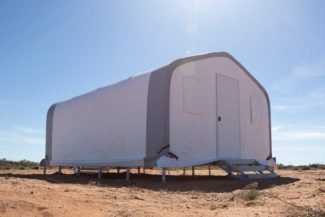








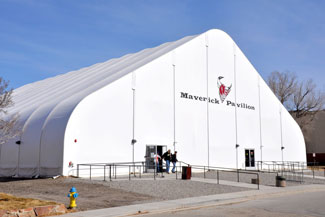
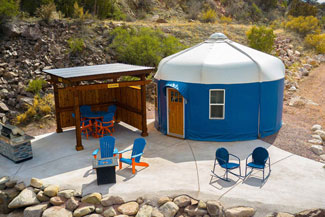


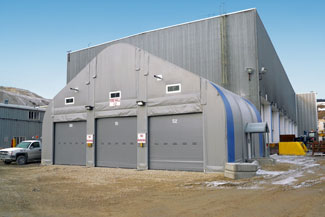
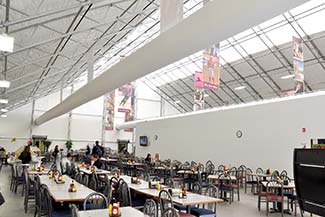

Leave a Reply